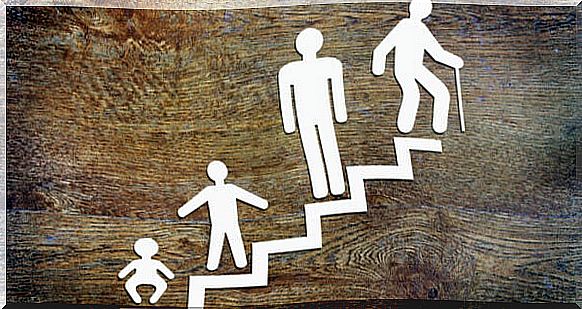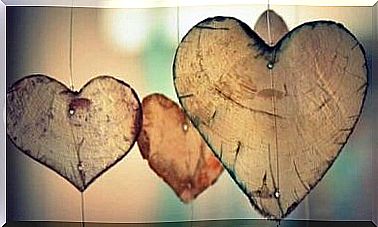Bronfenbrenner’s Ecological Theory

Bronfenbrenner’s ecological theory is one of the most widely accepted explanations of the influence of social environment on the development of people. This hypothesis defends that the environment in which we grow up affects all areas of our life. Our way of thinking, the emotions we feel or our tastes and preferences would be determined by various social factors.
From its inception, Bronfenbrenner’s ecological theory has served as the basis for the studies of a large number of disciplines. For example, developmental psychology and sociology have directly fed on these ideas. It was first presented in 1979, in a work entitled The Ecology of Human Development. In this article, we will take a more in-depth look at what it consists of and what are its most important points.

Explanation of Bronfenbrenner’s ecological theory
Urie Bronfenbrenner, the creator of this theory, observed that the way of being children changed according to the environment in which they were growing up. He therefore decided to study the elements that most conditioned childhood development. The psychologist understood the environment as a set of interconnected systems. At first he identified four, then later he included a fifth.
The five systems are interconnected. In this way, the influence of one of these systems on the development of the child depends on its relationship with the others. In addition, they are ordered according to a close relationship with the child.
A change of environment can have an influence on the person. It is therefore normal that the way of being of someone who changes culture is changed. The same can happen when someone changes their social role in one of the systems. From the closest to the person to the farthest, the five systems of Bronfenbrenner’s ecological theory are:
- Microsystem.
- Mesosystem.
- Exosystem.
- Macrosystem.
- Chronosystem.
Let’s see how each of these systems is defined.
1. Microsystem
The microsystem is made up of groups that have direct contact with the child. While there may be many possibilities, some of the most important are family and school. The relationship between this system and the development of the child is obvious but occurs in both directions.
Thus, the beliefs of the parents directly affect the way the child is. However, he is also capable of changing the outlook of his family members. The same is happening with the school and with the rest of the groups that are part of the microsystem.
2. Mesosystem
The second system described by Bronfenbrenner’s ecological theory is made up of the existing relationships between those of the first level. In this way, the relationship of parents with teachers, for example, will have a direct impact on the child.

3. Exosystem
The third level is related to elements that affect the life of the child. However, this one has no direct relationship with them. The influence on the development of the person thus occurs by indirect ways.
An example of an ecosystem would be, for example, the company in which the child’s relatives work. It would affect the way of thinking, the free time or the well-being of the parents. Therefore, it would also have a big impact on the person’s life.
4. Macrosystem
The last of the four systems originally described by Bronfenbrenner’s ecological theory is the macrosystem. It is made up of those elements of the culture in which the person is immersed. They would affect everyone else. For example, the values of that culture or the existence of an official religion.
In this case, the influence would occur because these elements determine how other systems can express themselves. It would therefore not take place in a direct way but would modify the rest of the groups that affect the person’s life.
5. Chronosystem
The latter system is included in later versions of the theory. It refers to the moment of the person’s life, in connection with the situations that he is going through little by little. For example, the death of a loved one can be interpreted in different ways depending on age.
Bronfenbrenner’s ecological theory is not perfect, but it applies in many disciplines. Although it does not take into account biological factors, it is one of the best explanations that exists about how different social groups affect a person’s life.









